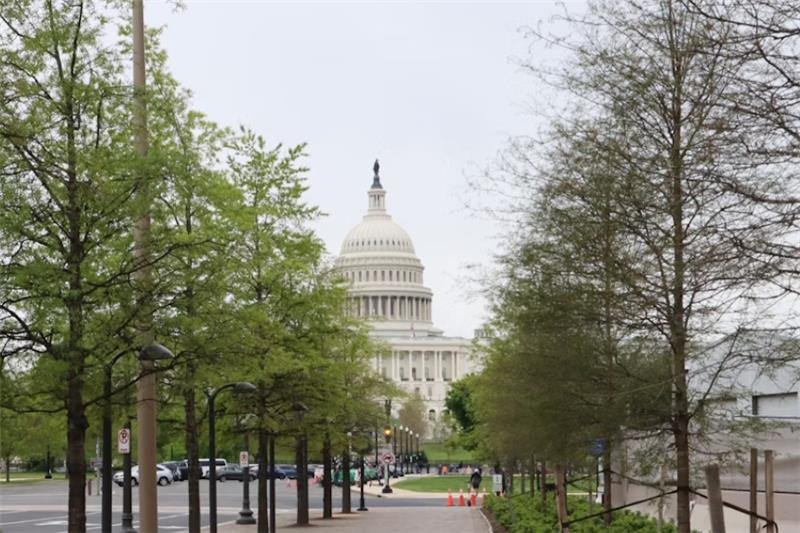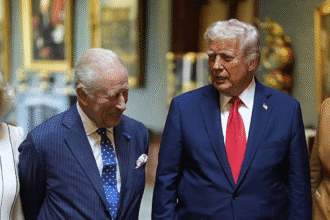Massive job cuts are expected to begin within 48 hours as the ongoing government shutdown shows no sign of resolution. Federal employees across the United States now face growing uncertainty, with lawmakers locked in a bitter funding standoff that has paralyzed Washington.
The shutdown began after lawmakers failed to pass a new budget by the mandated deadline, marking the first such halt in nearly seven years. Both major parties have blamed each other for the stalemate, leaving vital services unfunded and economic disruptions looming.
With the Senate adjourned and negotiations stalled, fears have grown that the shutdown could extend for weeks. Economists warn of significant losses to the U.S. economy, while federal agencies brace for reduced operations and furloughs.
Why Did the Government Shutdown Begin?
The government shutdown was triggered by a failure to approve a federal spending plan before the fiscal deadline. Lawmakers from both parties have pushed competing proposals, with no agreement reached.
Democrats have demanded expanded healthcare protections, especially for low-income families, as part of any budget deal. In contrast, Republicans have called for a temporary stopgap to keep the government running without committing to new expenditures.
The deadlock has resulted in a freeze of federal services, and according to several officials, time is running out before more severe cuts are implemented. Here is the link to our article on the US Government Shutdown.
What Is the White House Saying About Job Cuts?
Senior officials have confirmed that mass layoffs could begin within days if no progress is made. The administration stated that “difficult decisions” must be made, including furloughs and potential permanent reductions in the workforce.
Essential personnel such as border agents and military members will remain on duty but without pay. Non-essential federal employees—estimated at over 750,000—face temporary unpaid leave.
Privately, the administration has briefed congressional leaders about the potential scale of layoffs, though no full plan has been made public.
How Are Republicans and Democrats Responding?
Both parties remain at odds, each accusing the other of politicizing the crisis. Republicans argue that Democrats are holding the budget hostage over costly healthcare expansions. They also contend that current demands are tied to outdated pandemic-era policies.
Meanwhile, Democrats insist that the real issue lies in Republicans’ refusal to negotiate fair funding that protects healthcare access for vulnerable communities. Tensions continue to rise, with both sides digging in. Here is the link to our article on the Ukrainian government’s Attack.
Who Is Affected by the Shutdown?
Approximately 40% of the federal workforce could be impacted. This includes workers in national parks, public health, education, and administrative roles. Many of these employees were sent home on the first day of the government shutdown, while others remain uncertain about their paychecks and job security.
Past shutdowns have resulted in delayed pay but eventual back pay. However, officials now warn that prolonged inaction may lead to permanent layoffs.
Could This Shutdown Be Worse Than Previous Ones?
Analysts believe this shutdown could have broader consequences than the 2018 halt, due to the lack of any approved funding bills. Unlike in previous years, there are no partial budgets in place to support core agencies.
If the shutdown continues, federal assistance programs, infrastructure projects, and small business support could face widespread disruption.
The longer the government shutdown lasts, the greater the risk to public services, economic growth, and workforce stability.
Final Thoughts
The United States stands at a critical juncture as the government shutdown continues without a clear end in sight. With mass layoffs looming and bipartisan negotiations stalled, millions of Americans may feel the impact. Urgent action is needed to protect jobs, services, and economic momentum.








